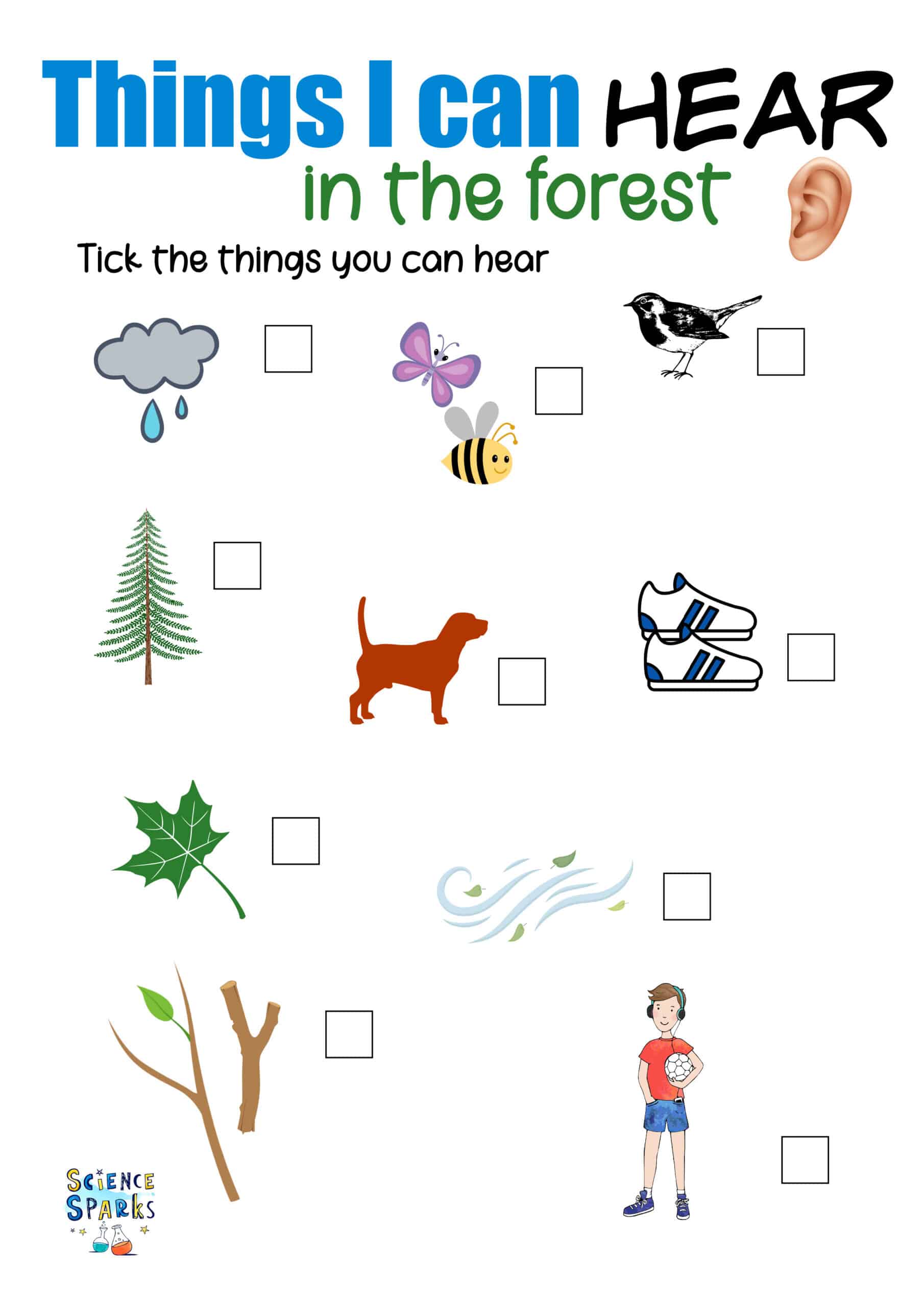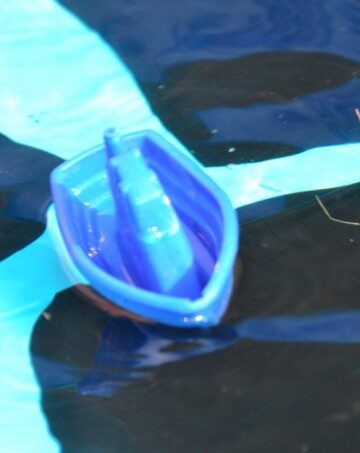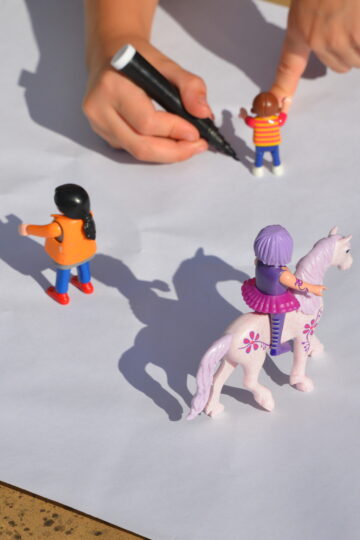It is wonderful to be back here at Science Sparks to share some Science bits and pieces. Normally I blog over at Red Ted Art where I love to get crafty, and Life At The Zoo, which is all about stories from our family life (and lots of cake). So it is great to have a little science outlet too! Today we are going to find out why we get dizzy!

Do you like to go on Roundabouts? Do you like whizzing around and around and around? Do you get dizzy? Do you have to hold on tight? Did you ever think about what may be happening to you?
Well.. next time you go to the park. Go and have a go at the roundabout and see what happens. You can even take a tennis ball with you and do some experiments.
Roundabouts are GREAT for learning about science….
But first. What IS the science?
There are two parts – one about the feeling you get of being “pushed out” (which is why you hold on so tightly) and the second is about why you feel dizzy!
Holding on – Centrifugal Forces:
There are lots of “forces” in the world that make us do things. There is gravity, which is what makes things fall down. There is a reactive force when someone pushes us. And then there is something called a “centrifugal force”. When something is rotating around itself or a central axis, a force is created which pushes things in an outward motion. This “force” is created by the fact that the roundabout is constantly changing direction.
This is why you have to hold on really tightly on a roundabout, or else you would “fly off”. At our roundabout, you can see my daughter, Pip Squeak, holding on tightly – she is on a “new design” roundabout with a safety rail behind her. As the roundabout goes round and round, she is pushed against it. But she won’t fall off, as the rail has been placed in such a way that it holds her in place.
Here is your experiment: Take your ball and put it on the floor of the roundabout. Start turning the roundabout. First slowly and then faster and faster. Can you see what happens to the ball? [It will fly off!] Why don’t you experiment – what happens to a small ball (say a marble) vs a big ball (say a football)? Will a banana fly off too? [It may not at first] Why not? [oooh, now we have another topic, friction….].
Part Two – Dizziness
Why do we get dizzy?
Well.. blame it on your ear! My ear? I hear you shout. What does my ear have to do with anything?
Basically, when we walk or stand upright, our body is constantly balancing. It is figuring out how to stay up without falling over. The way it does this is by a clever mechanism that is inside our ears. We have some liquid, bones and fine hairs in the ear that pick up any movement and changes of direction. They send this information back to our brains, telling us what we need to do to keep our balance. When we spin round and round really quickly, the liquid is sloshing around in our ears and telling our brain what is going on. When we suddenly stop, the liquid carries on sloshing for a bit longer, making us feel like we are still moving, even though our eyes know we have stopped. This makes us feel quite strange.
Well. I think you have now deserved a trip to the playground! Have fun.
Maggy
Last Updated on April 18, 2023 by Emma Vanstone




Eddie - The Usual Mayhem says
I love roundabouts! They have always been one of my favourite thigns to play on and luckily, two out of my three kids agree with me (the other one pushes)!
maggy, red ted art says
Aaah so lovely to see Pip Squeak visiting you :-)!!!!
xx
ScienceSparks says
it was 🙂
Meg M says
A further experiment in spinning objects "flying off" can be easily done with a Wiffle ball tied to a string, spun in a flat circle above your head. Predict which way it will go before you let go, then try it. (It doesn't fly outwards from the center of the circle but goes off at a tangent, showing that an object in motion will continue in motion.) Careful with centrifugal - it's a pseudo-force or fictional force that is just perceived by the spinning person, not one that actually accelerates.